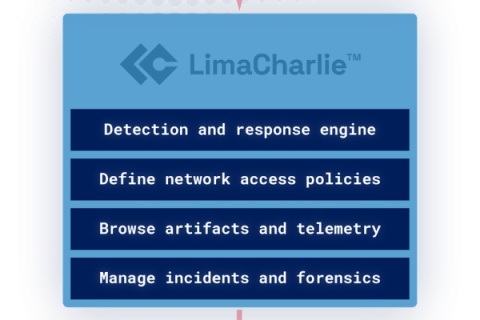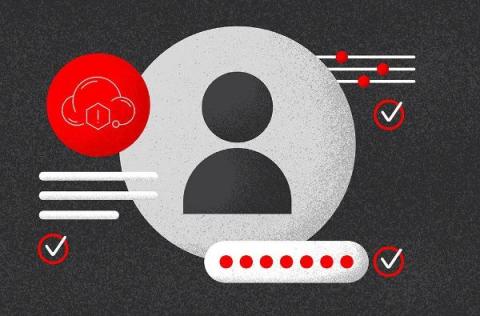How to Keep Data Safe in Times of Cyberwar
As the world becomes more interconnected, the risk of large-scale cyber-attacks increases, especially for companies of critical importance such as those from the financial sector, healthcare, critical infrastructure, and government services. In the event of a cyberwar, the first casualties would be our data. Ironically, one of the sectors that neglect cyber security the most is healthcare. The other ones are the governments.











